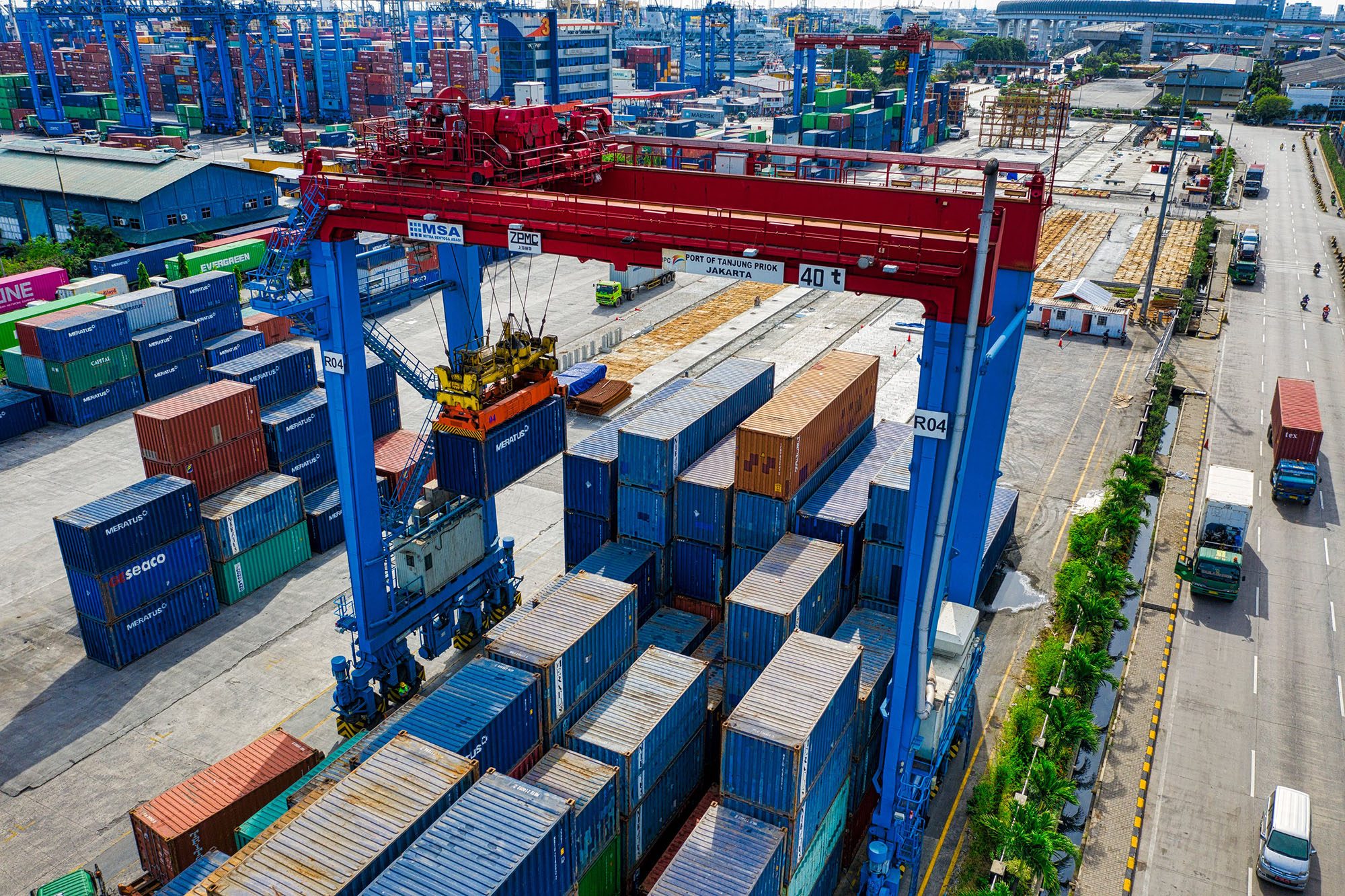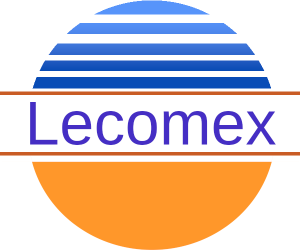Ever get that weird feeling when you dive into DeFi and your assets are scattered all over the place? Yeah, me too. Seriously, juggling tokens on Ethereum, Binance Smart Chain, and maybe Polygon feels like herding cats. And oh boy, trying to track yield farming rewards across chains? Talk about a headache. Multi-chain wallets are kinda the unsung heroes here, streamlining this chaos in ways that just make sense.
Here’s the thing. Initially, I thought cross-chain bridges were the ultimate solution—just move assets from one chain to another and boom, seamless DeFi experience. But actually, wait—let me rephrase that: bridges are great, but they can introduce delays and security risks that aren’t always obvious at first glance. On one hand, they open doors to new liquidity pools; though actually, they sometimes complicate wallet management more than they help.
So, what’s really changing the game? Multi-chain wallets. They let you manage tokens across different blockchains without hopping apps or losing your mind. I stumbled across this binance wallet multi blockchain setup recently, and gotta say, it felt like a breath of fresh air. Not perfect, of course, but way better than flipping between four different wallets.
Whoa! The convenience factor is huge here. Being able to view your entire portfolio in one place—whether it’s on BSC, Ethereum, or some other chain—makes yield farming strategies way more transparent. Plus, it’s easier to spot which cross-chain bridges are worth your time and which ones might just be gas traps.
But wait, there’s more to unpack. Yield farming itself isn’t just about locking up tokens anymore. It’s evolving with multi-chain dynamics, which means your farming returns can come from several chains simultaneously. This multi-pronged approach could boost gains but also increase exposure to risks like bridge hacks or smart contract bugs. Hmm… that’s something I keep an eye on.
Okay, so check this out—cross-chain bridges are like the highways connecting these islands of blockchains. They let liquidity flow, but sometimes tolls (read: fees) and traffic jams (delays) sneak up on you. That’s why having a wallet that inherently supports multiple chains reduces your need to constantly bridge assets. You stay put but operate everywhere.
My instinct said that integrating DeFi protocols directly into multi-chain wallets could be the next step, and guess what? Some are already doing it. This integration means you can farm, stake, swap, and even vote on governance—all without leaving your wallet interface. It’s like having a mini DeFi ecosystem in your pocket.
But here’s what bugs me about some of these solutions: user experience. Some multi-chain wallets try to be everything at once, and end up being clunky or confusing. There’s definitely a learning curve, and if you’re not careful, you might send tokens to the wrong chain address—ouch. So, having a platform that balances advanced features with simplicity is very very important.
Honestly, the binance wallet multi blockchain approach nails this balance better than most I’ve seen. It supports multiple blockchains under one hood but keeps the interface relatively clean. Plus, it’s backed by a big ecosystem, which adds some peace of mind.

One time, I tried yield farming on multiple chains using separate wallets. Man, it was like trying to keep track of a dozen tabs, each with its own quirks and delays. Sometimes I’d forget which tokens were where, leading to missed harvests or unintended swaps. This experience alone convinced me that multi-chain wallets aren’t just a luxury—they’re becoming a necessity.
So, how do cross-chain bridges factor in now? Well, they still play a vital role, especially when moving liquidity quickly between ecosystems. But with a robust multi-chain wallet, you reduce the frequency of bridging because you can manage assets natively across supported chains. Less bridging means fewer points of failure and lower costs. On the flip side, if you’re a serious yield farmer chasing the best APYs, you’ll likely still need to use bridges sometimes.
Hmm… that brings up another layer: security. Bridges have been prime targets for exploits, and multi-chain wallets can inherit some risks depending on their architecture. However, wallets that don’t rely heavily on bridges or that integrate secure bridging protocols have a better shot at keeping your funds safe. So, choosing the right wallet isn’t just about convenience—it’s also about trust.
Why Multi-Chain Wallets Matter for the Future of DeFi
Imagine a future where you manage all your crypto assets seamlessly, farming yields from various protocols, swapping tokens across chains, and interacting with dApps without ever leaving a single wallet app. That’s not sci-fi—it’s happening now. I’m biased, but I think multi-chain wallets like the binance wallet multi blockchain are setting the stage for this new era.
Of course, perfection is still far off. There are UX issues, network fees, and still some tech limitations. Oh, and by the way, wallet interoperability standards are still evolving, which means some chains or tokens might lag behind in support. That’s just the nature of a fast-moving ecosystem.
Still, the ability to track yield farming opportunities across chains without flipping back and forth feels like a game-changer. It helps you spot arbitrage chances and manage risks better. Plus, it opens doors for more casual users who might’ve been scared off by the complexity before.
Wow! The pace of innovation here is dizzying. I’m watching closely to see how these wallets integrate with upcoming Layer 2 solutions and zero-knowledge proofs to make cross-chain DeFi even faster and cheaper. That’s when things might really explode in terms of adoption.
In the meantime, if you’re navigating the Binance ecosystem or dabbling in multi-chain DeFi, I’d say checking out a solid multi-chain wallet setup is well worth it. The convenience, the oversight, and the potential to optimize yields across different blockchains—these are not small perks.
So yeah, managing yield farming strategies is no longer just about picking the right pool on one chain. It’s about orchestrating moves across a web of chains, and your wallet choice can either make this easy or a total nightmare. For me, the multi-chain wallet concept is a must-have, especially if you want to stay nimble and ahead of the curve.
Frequently Asked Questions
What exactly is a multi-chain wallet?
A multi-chain wallet allows you to manage assets on multiple blockchain networks from a single interface. Instead of juggling different wallets for Ethereum, Binance Smart Chain, Polygon, etc., you can access all your tokens and dApps in one place.
Are cross-chain bridges safe to use?
While bridges enable asset transfers between blockchains, they can introduce security risks like hacks or bugs. Using a trusted bridge and minimizing unnecessary transfers can help reduce risks. Multi-chain wallets that limit bridging can enhance security.
Can I do yield farming on multiple chains simultaneously?
Yes! Yield farming across multiple chains can diversify rewards and opportunities. Multi-chain wallets help you manage these positions without the hassle of separate apps or manual tracking.

